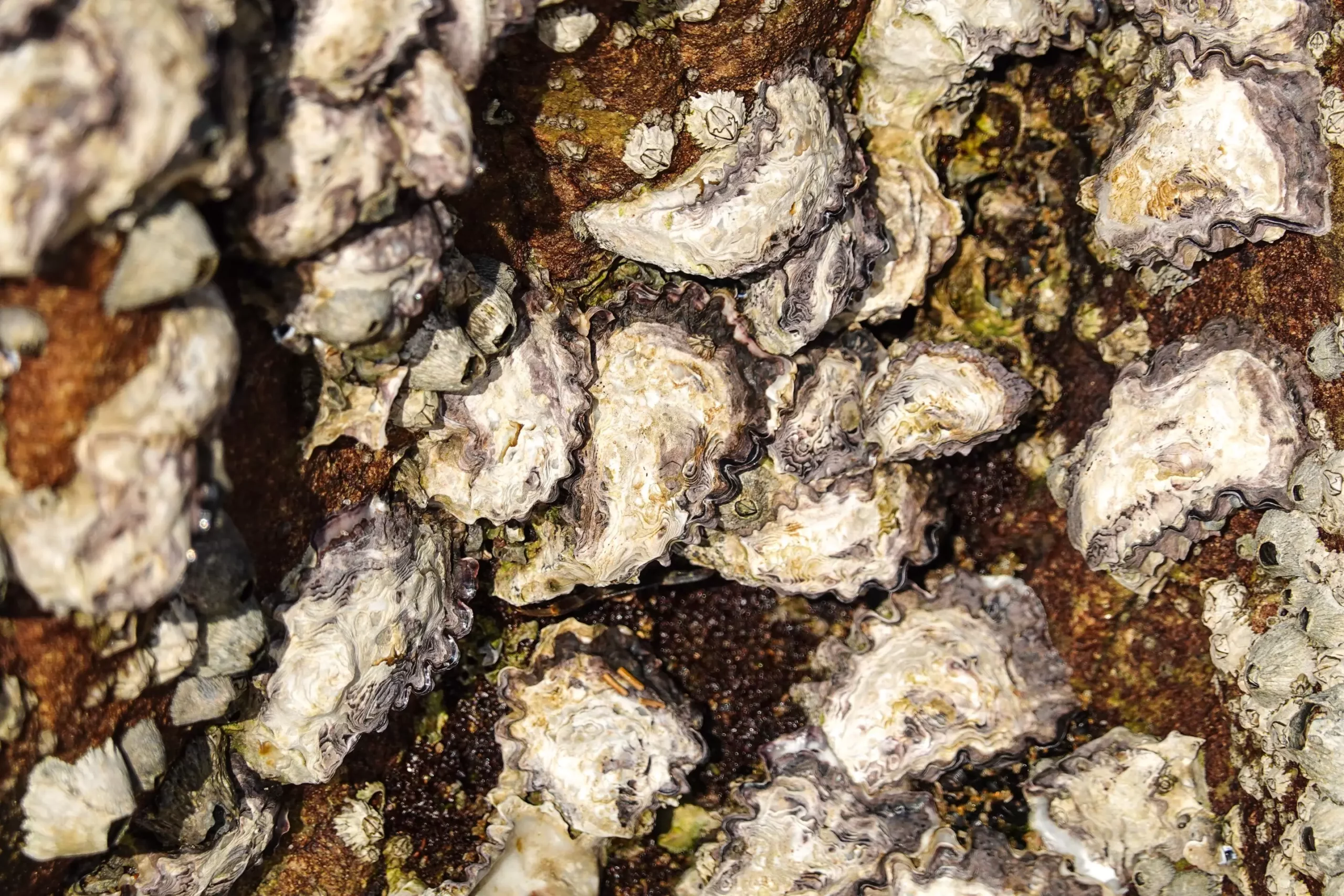

When most people think of oysters, their minds often go to culinary delights served on ice or cooked to perfection. However, these aquatic organisms are much more than just a delicacy; they hold secrets that could revolutionize materials science. Particularly noteworthy are the Etheria elliptica oysters, found in Africa’s rivers and lakes, which produce a remarkable adhesive. This adhesive could lead to environmentally sustainable alternatives for glues across a range of applications, from dental care to construction and shipping industries.
Researchers from an international team recently embarked on a quest to unlock the intricacies of this natural adhesive. Using advanced facilities like the Canadian Light Source (CLS) at the University of Saskatchewan, they examined the unique properties that make this oyster glue superior to conventional adhesives.
What makes the glue produced by Etheria elliptica so exceptional? The answer lies in its unique composition. The adhesive is primarily built from aragonite, a mineral that the oysters intricately arrange into a structure that is soft on the exterior but progressively solidifies inside. Rebecca Metzler, a physics professor at Colgate University, expressed that although this adhesive isn’t precisely like human dental enamel or bone, their similarities make them intriguing candidates for biomedical applications.
The transition of the glue’s properties—from soft to hard—could mimic the characteristics essential for effective dental and surgical adhesives. The researchers found that this exceptional stickiness arises from a blend of aragonite and specialized proteins secreted by the oysters. This discovery not only sheds light on the oyster’s unique survival mechanisms but also opens doors to innovative synthetic materials.
Metzler’s research is integral to developing “green” adhesives that could serve as viable substitutes for current synthetic options, which often harm the environment. By analyzing the oyster glue, her team revealed that the tiny particles of aragonite cluster into randomly shaped crystals. Understanding this structure can guide the synthesis of lab-created alternatives, offering a biocompatible option for various industries.
Moreover, the environmental implications of these alternative adhesives are crucial. In an era where biodegradable products are increasingly in demand, creating glues that can not only mimic nature but also decompose in a non-toxic manner could significantly reduce pollution.
Interestingly, the research does not solely focus on technological advancements but is also pivotal for ecological conservation. Freshwater mussels and oysters, including Etheria elliptica, face severe threats, including declining populations globally. Understanding how these creatures build underwater reefs is essential for habitat preservation, especially as climate change intensifies.
The study’s findings may also contribute to sustainable local practices regarding oyster harvesting, an important aspect given the declining numbers of these organisms. With the oysters studied sourced years ago, a pressing next step involves examining how climate change might have affected newer samples. Metzler expressed interest in observing whether alterations in environmental conditions have had comparable effects on these oysters to those recorded in other aquatic species, providing vital insights for future conservation efforts.
In summing up the research conducted on Etheria elliptica oysters, the combination of unique anatomical strategies and innovative scientific inquiry demonstrates nature’s genius in material engineering. The findings present multifaceted avenues for applying the oyster adhesive—ranging from advanced dental technologies to environmentally friendly construction materials, and even fostering sustainable practices to protect aquatic ecosystems.
As researchers like Metzler continue to explore these natural wonders, they deepen our understanding of both biology and material science. The lessons learned from freshwater oysters could signify a major step forward in creating sustainable solutions that align with our ecological responsibilities. Thus, the humble oyster might just be a cornerstone in the quest for cutting-edge materials that champion environmental sustainability while serving humanity’s expanding needs.
Radionuclides, often relegated to discussions surrounding nuclear energy and radioactive waste, have far-ranging implications for…
Landslides have long been a concern in areas like California, where the unique geography and…
In the vastness of our galaxy, among countless stars, lies a fascinating phenomenon known as…
This week marks a monumental milestone in astronomy as the Hubble Space Telescope celebrates its…
The enigma of dark matter has captivated the scientific community for decades. Although it constitutes…
As individuals age, the likelihood of encountering age-related macular degeneration (AMD) significantly increases, posing a…
This website uses cookies.